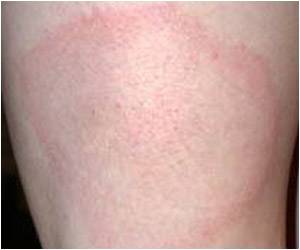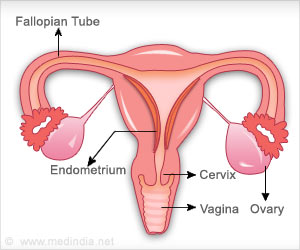Some of the world's deadliest snakes are the nightmare tenants who can live undetected alongside Australian families for years.

Sydney snake handler Andrew Melrose says some species even spend winter months comfortably curled up inside warm roofs, until they are disturbed, often by accident.
"Some people really panic, and they are screaming," says Melrose of the residents who call him for help.
"They reckon they are going to sell up and move to a place like New Zealand where there are no snakes."
The irony is that the reptiles have often been living in the house or garden for years, and it is only something out of the ordinary -- such as a rare day off for the homeowner or a building renovation -- that brings them to light, Melrose says.
Australia is renowned as being home to a startling number of the world's deadliest creatures, including a range of venomous snakes, spiders, jellyfish and octopuses that can kill a human within minutes.
Advertisement
"Most of the snakes, most of time we don't see them," says Ken Winkel, director of the Australian Venom Research Unit at the University of Melbourne, who agrees that many people live alongside snakes for years without knowing it.
Advertisement
Most fatalities are in rural areas but deaths do occasionally occur in cities.
Winkel cites the case of the elderly woman who died after being bitten by a tiger snake while tending her passion fruit vines in Melbourne's Kew in 2003, and a 16-year-old boy who panicked and ran after being bitten by a brown snake in Sydney in 2007.
Although not as venomous as the inland taipan -- which is only found in remote areas -- the most common killer in Australia is the eastern brown snake which exceed two metres (six feet) in length and which is found across the country.
"It's a very common snake throughout the continent of Australia, combined with the fact that it is not so fussy about what it eats, says Finkel, adding that brown snakes do well in urban habitats.
Snakes usually avoid humans, but curious children present problems.
In 2012 a three-year-old boy in Townsville, Queensland, had a lucky escape when he found some eggs, placed them in a plastic container and hid them in a wardrobe. The eggs hatched deadly eastern brown snakes and he was fortunate not to be bitten. The snakes were later released into the wild.
Melrose says most of the call-outs he receives are from people claiming to have a brown snake in their house or garden, but in most cases they are not the deadly variety -- often simply brown-coloured snakes or lizards.
He says he usually recommends not disturbing the animals. "They are harmless and will probably find their way back there as they have lived there for 20 or 30 years. In a lot of areas... they do live in perfect harmony with the people."
Jim and Carolyn Bland are such a couple, having unknowingly shared their Sydney home for years with a nest of snakes which lived snugly above their heads.
"We found some snake skins out in the backyard," Jim told AFP. "But it didn't sort of twig to me that there might have been snakes living in the house or on the house."
It wasn't until they were re-tiling their roof that workers found one snake and refused to go anywhere near it. In all, three were found -- all harmless green tree snakes.
"It didn't worry us at all because we didn't know they were there," says Carolyn Bland, admitting that a very noisy possum in the roof and a diamond python snake which had once lived in a back tree had been more troubling.
"And once we found out they were non-venomous green tree snakes, well we would have quite happily left them there because they have to have somewhere to live."
Source-AFP









